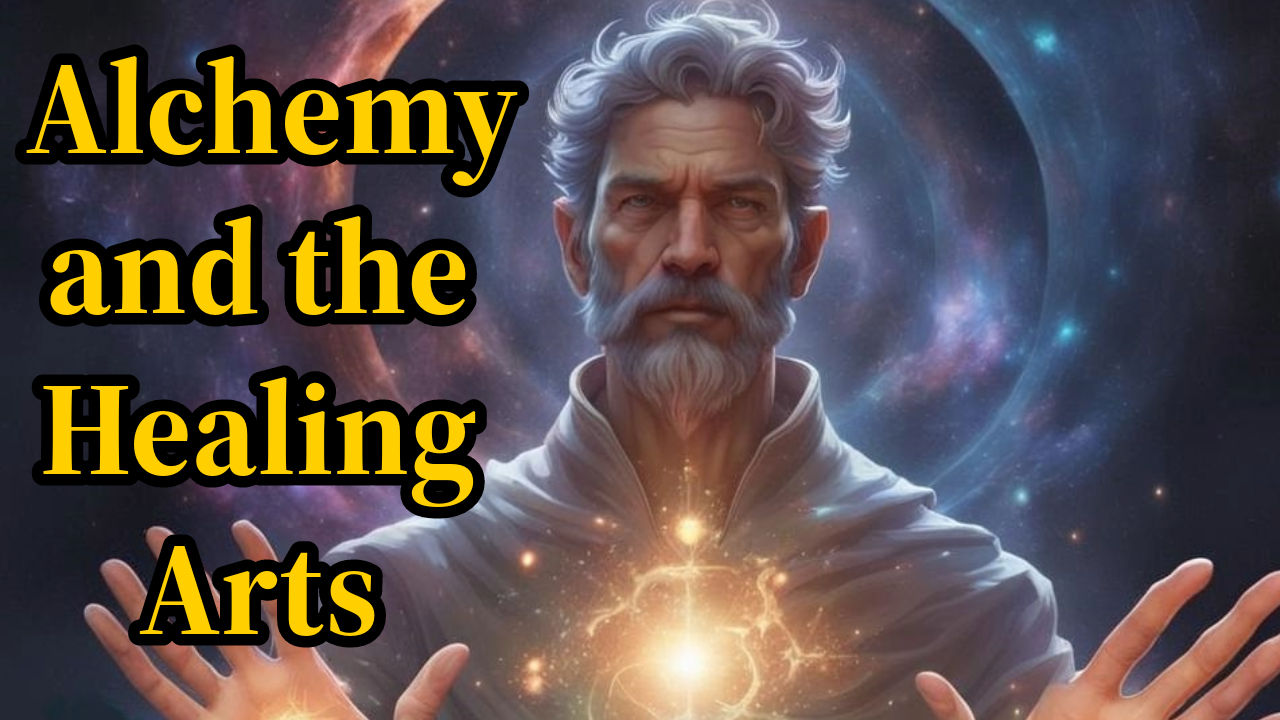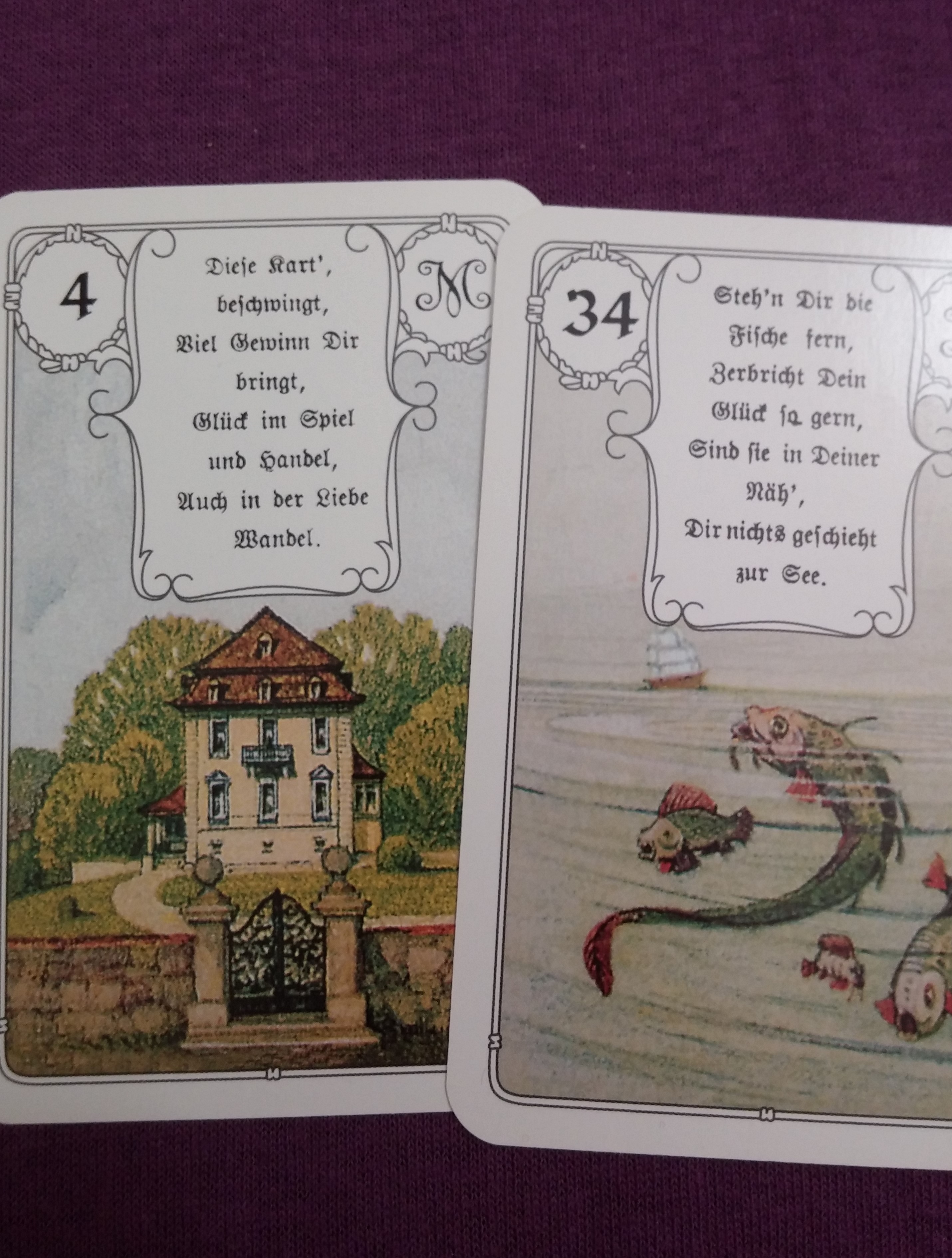
Alchemy, a mystical and ancient tradition, has captivated the human imagination for centuries. Rooted in the quest for spiritual enlightenment, material transformation, and the pursuit of the elixir of life, alchemy has a profound connection with the healing arts. It seeks to bring the body back to a whole state; a state of Oneness and harmony on a holistic level via the art of transmutation.
This condensed essay will explore the intricate relationship between alchemy and healing, shedding light on secret texts, mystic symbols, and the esoteric knowledge that intertwines these two realms.
Historical Overview
To understand the connection between alchemy and the healing arts, we must first delve into the historical roots of this enigmatic practice. Originating in ancient Egypt and later flourishing in medieval Europe, alchemy was not merely a precursor to modern chemistry; it was a holistic system that blended spiritual, philosophical, and practical elements. Alchemists sought to transmute base metals into gold, discover the philosopher’s stone, purify and elevate the human mind, body and spirit and unlock the secrets of immortality. They sought to bring the body to a perfect state of harmony and being.
Alchemy and Healing
Central to the Alchemical tradition was the belief that the transformation of base metals mirrored the inner transformation of the alchemist. This internal metamorphosis was not only spiritual but also extended to physical well-being. By harmonizing and transcending the energies within oneself, one could essentially overcome physical, mental or emotional ailments and live in a perfect, enlightened state. This is contrary to today’s modern concept of healing each individual part separately. Alchemists recognized the interconnectedness of the body, mind, and spirit—a concept that aligns closely with holistic approaches to healing.
Secret and Ancient Texts
Alchemy was not a widely understood or openly practiced discipline. Instead, it thrived in secret societies and mystical circles. Alchemists safeguarded their knowledge through secret texts via cryptic writings and encoded symbols, sharing their insights only with those initiated into the mysteries of their craft.
In alchemical healing, one such text serves as a guide to understanding the interconnectedness of physical, mental, and spiritual health.
This revered text is the “Tabula Smaragdina” or the Emerald Tablet, attributed to Hermes Trismegistus, a legendary figure combining the traits of the Greek god Hermes and the Egyptian god Thoth. This tablet, with its concise and cryptic verses, encapsulates the core principles of alchemy and serves as a guide to the philosopher’s stone and the transmutation of metals.
Though brief in its content, it carries profound implications for alchemical healing. Its famous maxim, “As above, so below; as within, so without,” encapsulates the essence of alchemical philosophy. In the context of healing, this principle suggests that the macrocosm of the universe mirrors the microcosm of the individual, or in other words, the inner state of the individual is reflected in their external well-being.
The tablet’s wisdom encourages practitioners to explore the subtle energies within the body and the harmonious balance necessary for well-being. Alchemists applied this principle to healing by seeking to balance the elements within the body—earth, water, air, and fire—to achieve harmony and well-being.
Of course, the Alchemists were not the first to establish the idea of balancing the elements within the body. The Ayurvedic system of medicine, originating in India over 5000 years ago, is one of the oldest systems of traditional medicine. It refers to 5 core elements, or the panchamahabhuta: earth, water, air, fire and ether and these elements make up what are called the three doshas: Vata, Pitta and Kapha – or essentially, the combination of different elements that are in constant need of being balanced and brought into harmony. The Charak Samhita, one of the oldest surviving texts relating to Ayurveda, is a comprehensive guide relating to holistic health.
Traditional chinese medicine also dates back to an ancient time, possibly more than 3000 years ago and is known for what are called the five phases of nature: wood, fire, earth, metal and water, that must always be flowing and kept in harmonious balance. The concept of yin and yang, or female and male energy, is also central to TCM and can be found the ancient treatise Yellow Emperor’s Inner Canon 黄帝内经(Huángdì Nèijīng
Another text often times used in secret societies and mystical circles was the “Ars Notoria,” meaning the “Notable Art” or “Notable Skills,”
The Ars Notoria is a medieval grimoire—a book of magical instruction—that focuses on the acquisition of divine knowledge and wisdom through prayer, meditation, and visualization. It is a part of the broader Solomonic tradition, attributed to King Solomon himself. The Ars Notoria was used as a mental training program, designed to enhance cognitive abilities and spiritual awareness. Alchemists engaged in specific rituals and prayers outlined in the Ars Notoria to expand their consciousness, opening doors to hidden realms of knowledge. This heightened state of awareness, they believed, was instrumental in deciphering the secrets of alchemy, particularly in the realm of healing.
This text was considered a powerful tool for unlocking the secrets of alchemy and enhancing one’s intellectual and spiritual capacities.
Secret Symbols in the Healing Alchemical Arts
The use of symbols in alchemy is another fascinating aspect that connects it with the healing arts. Alcehmists favoured symbology as it kept these secrets within selected circles.
On a broader scale, one symbol associated with Alchemy and healing is the Caduceus, a staff with two entwined serpents and wings at the top. While widely recognized today as a symbol of medicine, its origins trace back to ancient Greece, where it was associated with the god Hermes. The intertwined serpents and wings represent the balance and integration of opposites, symbolizing the harmonious union of dualistic forces a concept fundamental to both alchemical and healing philosophies.
The Philosopher’s Stone, a legendary substance sought by alchemists, is another potent symbol. Often depicted as a mystical, radiant gem, the Philosopher’s Stone was believed to possess the power to transmute base metals into gold and grant immortality. Beyond its material significance, the stone represented the inner transformation of the alchemist, a metaphor for spiritual enlightenment and the purification of the soul.
A third enigmatic symbol is The Ouroboros, a serpent or dragon eating its own tail, This was a symbol of cyclicality, eternity, and regeneration. In alchemical terms, it encapsulated the idea of continuous renewal and the cyclical nature of the alchemical process. The Ouroboros conveyed the interconnectedness of life and death, reflecting the alchemist’s journey towards spiritual rebirth through the dissolution and regeneration of the self.
Alchemists also used specific symbols for the four elements, the seven planetary metals, the mundane elements, the alchemical compounds and processes, or chemical operations, which could be assigned to each one of the 12 zodiacal symbols in cases where they numbered 12, and symbols for units of time.
As we will shortly see, mercury, sulfur and salt, the tria prima, were very important and their symbols were often used.
For example, The alchemical symbol for Mercury resembles an elaborate union of crescent moons and a circle. This symbol, is associated with fluidity and transformation.
The symbol for Sulfur, which represents the fiery and transformative aspect of alchemy, resembles a triangle atop a cross, symbolizing the ascent of the spiritual over the material.
Salt was also important in that in was essential to human life. Its symbol is a circle bisected by a horizontal line. Salt can be purified through a chemical process, which is similar to the purification process that the human body can undergo in Alchemy.
Paracelsus: The Maverick Alchemist
No further exploration of alchemy and the healing arts is complete without mentioning the life and teachings of Theophrastus von Hohenheim, most commonly known as Paracelsus (1493-1541), a Swiss philosopher who revolutionized medical thought. Rejecting the dogmas of his time, Paracelsus blended alchemical principles with medicine, advocating for a holistic understanding of the human body.
One particular curiousity is that he often traveled into the villages across Europe, learning various folk remedies and how the common folk handled illness. He was a strong advocate for holistic health and disagreed with the medical system at that time giving the outward impression via his comments that the medical system was corrupt.
The Four Humors Unveiled
To comprehend the departure Paracelsus made from classical medical thought, we must first understand the concept of the four humors.
The traditional four humors theory was based on the work of the Greek physician Galen,
Galen’s conception of the four humours is rooted in the ancient Greek belief in the four elements—earth, water, air, and fire—and their corresponding qualities: cold, moist, hot, and dry. These qualities, in turn, were associated with the humours.
These four humors were: blood, phlegm, black bile, and yellow bile. Imbalances in these humors were believed to cause illness, influencing both physical and mental well-being.
Blood was associated with air and had the qualities of hot and moist. It was believed to be produced by the liver and distributed throughout the body, nourishing organs and tissues. Blood was linked to a sanguine type temperment – someone who was optimistic, full of life and sociable, but disorganised and scatterbrained.
Phlegm, was associated with water and characterized by cold and moist qualities, This is somewhat similar in Ayurvedic to kapha dosha, being a combination of water and earth and having cold and moist qualities. Phlegm was thought to be produced by the brain and the lungs and Its balance was crucial for maintaining bodily moisture. An excess of phlegm was believed to result in a phlegmatic temperament, characterized by calmness and apathy, whereas a deficiency might lead to dry skin and irritability.
Black bile, linked to the earth element and characterized by cold and dry qualities, was associated with the spleen and the gallbladder. An excess of black bile was believed to cause a melancholic temperament, marked by introspection and sensitivity. On the other hand, a deficiency might lead to an imbalance in the bodily humours, causing physical and mental distress.
The final humour, yellow bile, was connected to the element of fire and characterized by its hot and dry nature, similar to Ayurveda with Pitta dosha having the qualities of hot and dry and being connected to the elements of fire and water. It was thought to be produced by the liver and stored in the gallbladder. An excess of yellow bile was believed to result in a choleric temperament, characterized by impulsive behavior and irritability. Conversely, a deficiency might lead to a lack of assertiveness and drive.
Paracelsus proposed, instead that health results from a balance of three alchemical principles: sulfur (the soul), mercury (the spirit), and salt (the body). Coming from the latin tria prima”, or three primes, this concept posited that imbalances in these elements led to disease, emphasizing the importance of treating the root cause rather than merely alleviating symptoms.
Salt, the first of the Tria Prima, represents the earthly and tangible aspect of existence. In the context of alchemy, Salt embodies the physical body, the material realm, and the foundational substance from which transformation can occur. Alchemists viewed Salt as the stable and enduring element, grounding the volatile and ethereal nature of the other two primes. In the healing arts, Salt signifies the corporeal aspects of health – the body’s structure, stability, and the fundamental balance required for well-being.
Sulfur, the second prime, embodies the fiery and transformative force within alchemical philosophy. Alchemists associated Sulfur with the soul, passion, and the dynamic essence that imparts vitality. In the context of healing, Sulfur represents the energetic and transformative aspects of the human experience. It symbolizes the innate life force, the spark that ignites growth, healing, and spiritual evolution. The alchemical understanding of Sulfur in healing suggests the importance of tapping into one’s inner vitality and passion for overall well-being.
Mercury, the third of the Tria Prima, serves as the bridge between the earthly and ethereal realms. Alchemists considered Mercury a fluid and adaptable substance, representing the spirit and the transformative process. In the context of healing, Mercury symbolizes the mental and emotional aspects of well-being. It signifies the capacity for change, adaptability, and the fluid nature of thoughts and emotions. The alchemical perspective encourages individuals to cultivate a balanced and harmonious connection between the material and spiritual dimensions for holistic healing.
Paracelsus ultimately simplified the framework, emphasizing the dynamic equilibrium between sulfur, mercury, and salt. This departure marked a significant shift in medical philosophy, fostering a more nuanced understanding of the human body.
Alchemy and the Healing Arts in Action
Paracelsus’s hermetic approach to medicine laid the groundwork for the development of iatrochemistry, or chemical medicine – a branch of medicine that explored the chemical processes underlying physiological functions. This brought in the new idea that the health of the body was dependent on a specific balance of bodily fluids in the body and could be cured or balanced with chemical solutions . As chemical medicine grew, it increasingly influenced pharmaceutical practices.
Though illegal in most medicines around the western world today, there is still the practice in Ayurveda of rasashaastra, or the Science of Mercury and specifically using mercury to heal the body.
Many poisonous chemical compounds called Bhasmas, or incinerated metals are used to bring a state of balance into the body. Other metals include mercury, iron, copper, tin and sulfur as well as aresenic and diamond.
In conclusion, the intertwining of alchemy and the healing arts is a fascinating journey into the depths of ancient wisdom and mysticism. The alchemists’ quest for transformation, balance, and the elusive philosopher’s stone mirrors humanity’s eternal pursuit of healing, enlightenment, and the secrets of life. The esoteric knowledge embedded in alchemical texts and symbols continues to inspire and intrigue, connecting the past with the present and offering a profound perspective on the holistic nature of health and well-being.
What do you think about Alchemy and the Healing Arts? Let us know in the comments below and share the post!
Video version here:
Alchemy and the Healing Arts – Unveiling the Mysteries of Ancient Wisdom
Interesting sources, additional info, images, credits, attributions and other points of views here:
https://www.folger.edu/blogs/shakespeare-and-beyond/the-four-humors-eating-in-the-renaissance/
https://journalofethics.ama-assn.org/article/legacy-humoral-medicine/2002-07
https://occult-world.com/tria-prima/
https://blog.prepscholar.com/alchemy-symbols
https://en.wikipedia.org/wiki/Alchemical_symbol
http://www.esotericarchives.com/notoria/notoria.htm
The Devil’s Doctor: Paracelsus and the World of Renaissance Magic and Science by Philip Ball
Ayurvedic Principals Volume III by Vasant Lad
https://www.ncbi.nlm.nih.gov/pmc/articles/PMC3252715/
https://en.wikipedia.org/wiki/Humorism

